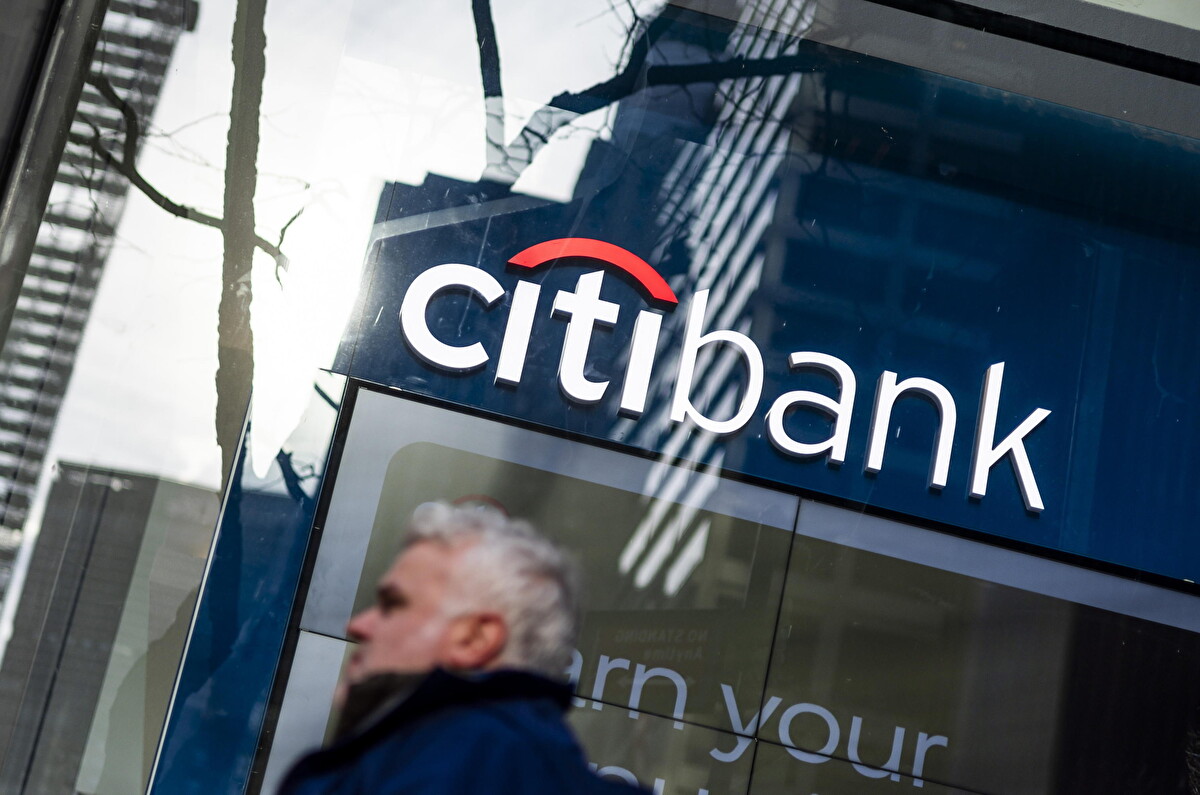Mayor Eric Adams introduced a broad new plan on Thursday aimed at spurring more housing construction in every New York City borough, so to address the lack of housing units in the Big Apple.
Adams’ proposal is based on a mix of policy changes and incentives, including payments to developers who include more income-restricted units in their projects, new laws allowing single-family homeowners to build an extra apartment in their backyard, and a measure to do away with parking requirements, which force new apartment buildings to reserve expensive space for garages and parking lots.
Over the following 15 years, he claimed, the plans might allow for the construction of 100,000 more dwellings.
Adams and his deputies have presented the idea as the most significant alteration to the city’s housing stock since the implementation of the zoning law in 1961, which establishes the dimensions and purposes of every new structure.
“If we do this right, decades from now, New Yorkers will see this moment for what it was: a turning point away from exclusionary policies and outdated ideas and towards a brighter, bolder, more equitable future,” the mayor stated.
The package would also permit windowless bedrooms in compact flats and taller residential complexes near railway stations and along commercial areas. Additionally, it would enable landlords to convert several workplaces constructed before 1990 into condominiums and flats.
According to the National Low Income Housing Coalition, New York requires 655,940 additional housing units to accommodate roughly 1 million individuals with extremely low incomes, such as families of three making approximately $38,000 annually. The new plan would increase an incentive already in place for new senior housing by offering developers a 20% density bonus if they decide to add additional affordable apartments to their structures.
The so-called “City of Yes” proposal will now be subject to a rigorous year-long public review process that would give regular New Yorkers a chance to weigh in before advisory votes from each community board and the five borough presidents and a final, legally binding decision by the City Council.












